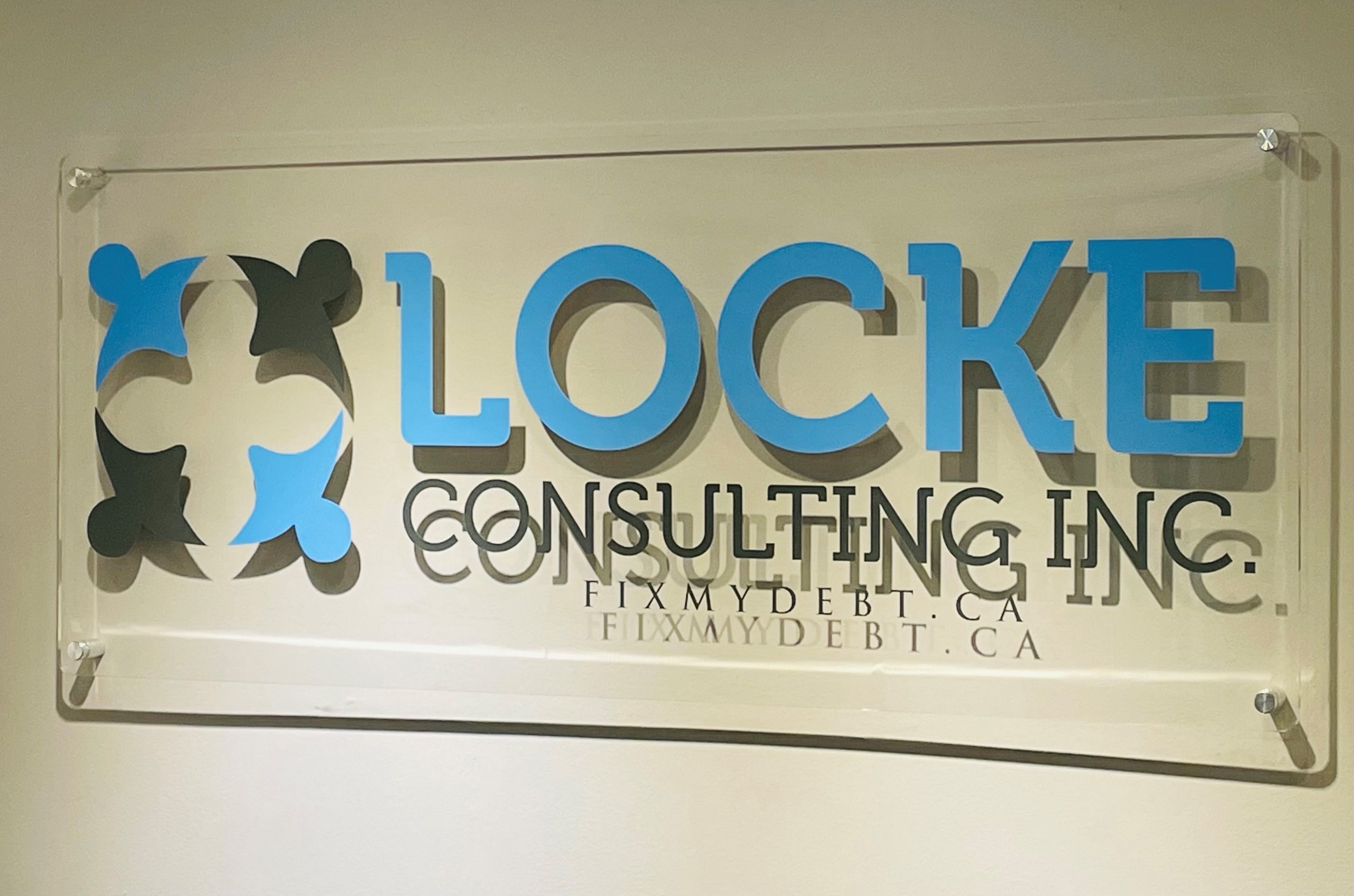It is Time to Slow Down

Now, is the right time to slow down and rethink spending patterns and habits. Inflation is rampant in Canada, although housing isn’t normally counted into inflationary measures, when it is we find that inflation has exceeded 100%.
The cost of housing is outrageous, in the City of London, ON, often considered an “average” Canadian City, the average House price reached $775,593 in January 2022, according to ReMax. Just four years ago that same home would have cost less than $300,000.
For a first-time home buyer, cashing out RRSP investments to have a 5% down payment that would still require a mortgage of $775,000 even at a rate of 2.89% amortized over thirty-years, the monthly payments, without taxes, would be $3,214.00. And of course the RRSP becomes another debt that must be repaid or incrementally taxed.
Any correction in the housing market, whether it be a decrease in prices, or an increase in mortgage rates would be a major threat to the economic stability of these new home buyers. Yet the frenzy to “get in” continues. It comes as a surprise to many people to hear about how our parents managed home ownership – I should use the caveat that I now a grandparent myself.
My parents belonged to the most prosperous generation in history, as WWII ended, they were in their twenties. During the 1950s the average Canadian family could afford, for the first time in history to live on a single-family income. Mom stayed home to raise the children, with all that entailed – back then a lot of homes cooked meals – and dad went to work. Without belabouring the broader socioeconomic differences, suffice it to say a lot more Canadians rented their homes than owned them. Today, far more people are registered as home owners in Canada than in my parents time.
It seems ironic, or at least counterintuitive, that in a time of rapidly growing inflation and economic uncertainty there is such a frenzied drive to acquire as much debt as one possibly can. The government’s response to the housing cost crisis has been to go back to where we were in the 1950s – 1970s and build new, high density, rent subsidized, units.
In this author’s view, a better approach would have been to regulate the banking industry breaking it up in less risky (to the people of Canada) better managed segments. For instance, segregating, completely investments, insurance, credit card, mortgage, banking and financing sectors. Increasing, by regulation, interest rates on mortgages, imposing massive reductions on credit card interest rates while increasing the amount of minimum monthly payments (as was recently done in Quebec).
Of course, that would be like the tail wagging the dog and it is not going to happen. Still there are other strategies the government could have used to help cool off the housing boom. Instead, the Trudeau government has been talking about adding a capital gains tax on residential home sales that would add a further threat to homeowners.
So, if like my friend’s kids who are extremely keen on becoming new homeowners and are looking to borrow money from the bank of mom and dad – because they do not qualify for massive mortgage loans – just to get started, in case they miss the boat, I have different advice. Wait! That’s it, just wait!
And for the people, caught up in the frenzy, overpaying for properties then using lines of credit and credit cards to may their properties habitable – think! Think about the cost of repaying the additional debt and think about a viable strategy for doing so. As Licensed Insolvency Trustees we have seen this before, in the early to mid 1990s. House prices dropped and people lost jobs – remember Rae days? They could not afford to keep up on high mortgage payments and as they filed bankruptcy keys were returned to the lenders.
Looking back, at the scenario in paragraph three, to our new homebuyers, if they added $100,000 of unsecured debt to their portfolio to improve their new purchase then consolidated that debt into a new second mortgage at a lower rate, than the rate on their credit line, they may be putting themselves at an additional risk of losing their home in a corrected market.
If house prices corrected the second mortgagee might not renew, they may demand full payment of their mortgage. On the other hand, if the value of their property dropped, due a market correction, and in the meantime one partner lost a job or they had other, non-housing related debt problems, forcing them to consider a bankruptcy – they will not be able to get out from under the second mortgage and keep the house – they will have to pay both mortgages to stay in the property.
Had the line of credit remained unsecured and had the house value dropped, they may have been able to keep the house along with the first mortgage while filing a bankruptcy on the line of credit, used to fix the house up, as well as their other debt. There are many nuances about our insolvency system that can benefit consumers and business owners – but you need to talk to a qualified Licensed Insolvency Trustee to understand, and to plan your family finances for worst case scenarios.
Best advice, slow down, ease back on major, disruptive purchases, focus on paying off your debts, wait and see what direction the government will go in and talk to us to review all your options both current and prospective. 519-646-2222
[wp_call_button btn_text=”Call Us Today” btn_color=”#0f59fa” hide_phone_icon=”yes”]
